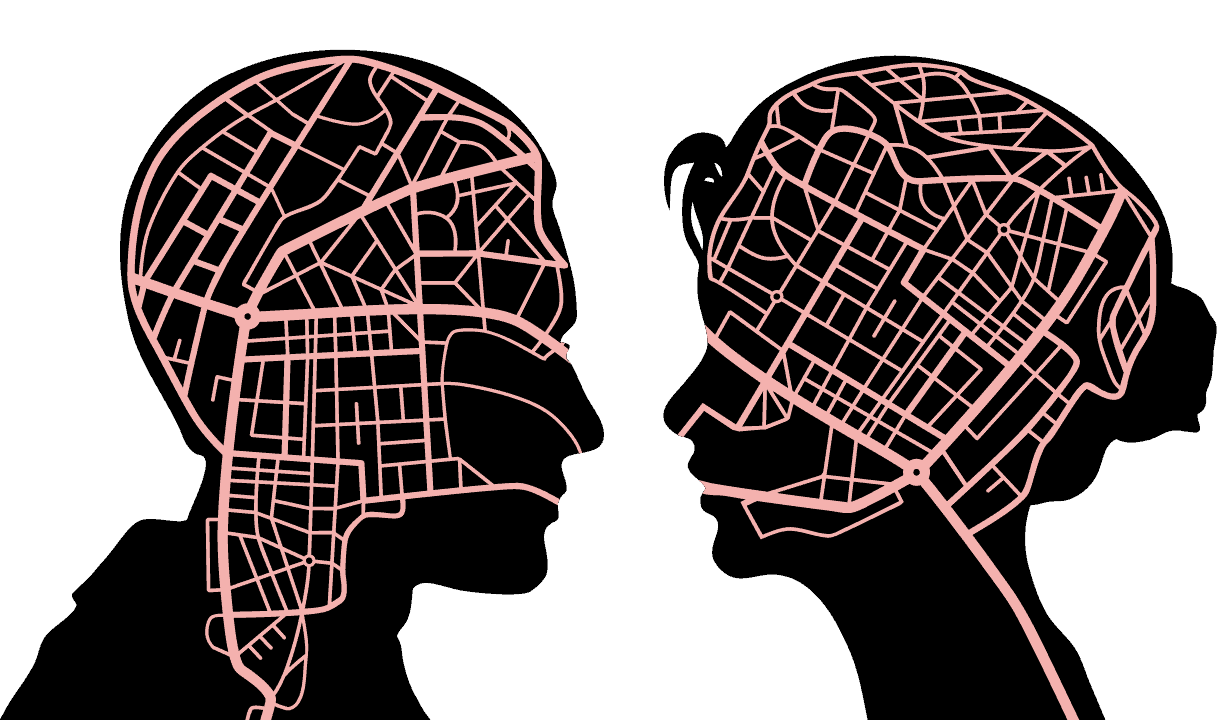Managing your emotions can help you immensely to make decisions that are lead by reason rather than emotions. Your cognitive roadmaps were built through your experiences, but are they serving you to a benefit or detriment.
Internal Roadmaps
Everyone has preset interpretations of the world through their internal roadmaps created from their beliefs, values and past experiences. The easiest ones to explain are like fight or flight, which are responses from our evolutionary path that built roadmaps for human beings as we know it! Your roadmaps act similarly. It could be hard to go out and do public speaking if something happened that caused you to be protective of yourself in those situations. Maybe you did a speech as a child that did not go well, and it stuck in your mind since then! Recognizing that you have these roadmaps is the first step to changing them to work more for you rather than against you
Practice Makes Permanent
Thought processes and their emotional ties, whether good or bad, can become permanent in your personality and roadmaps if practiced consistently. You’ve heard of the “Debbie Downer” personalities where a person is always looking at the worst aspects of whatever the subject is. This mindset is a practiced behavior that has made that person see what they want. In this case, it’s the worst of a situation that affects them.
Whatever you look for you will find which translates into everything in life. We either focus on we want to happen, or we focus on what we are afraid will happen and either way, we can be right. Combined with the meaningful events of our lives, this mindset can shape your understanding of people and the world to create out outlook and emotional roadmaps.
Cognitive Process for Managing your EI
The process for managing your EI and changing your roadmaps goes through the following stages:
1. Events
An event is anything that happens that gets your attention. It is the catalyst to the cognitive process.
2. Interpretations
Your roadmaps start with your interpretations of the event taking into account your past experiences while questioning what the event is and what it means to me.
3. Responses in feelings and behaviors
Stopping your predetermined roadmaps begins here as your responses, feelings, and behaviors are all affected by those maps. Your response is how you act off of your interpretations which could potentially lead you to an action that does not serve you and your goals.
4. Results
Your roadmaps will lead you to the same results unless you take the time to stop them and look at the results to see if they are serving you properly. Ask yourself the following questions:
- Are you getting the results you desire?
- If not, what has to change to get different results?
- What is the cost of the behaviors this event creates?
- What do you gain/lose if you change the behavior?
All of these questions can help you determine if your roadmaps are currently serving you in the best way possible, or if they should be examined and potentially changed for better results.
How Do My Roadmaps Serve Me?
Recognizing when you are falling into your roadmaps to think outside of them and develop new paths that serve you better can lead to some amazing breakthroughs in your mindset that can influence and change how events are processed and help you to own your intentions rather than have the past dictate your future. Sometimes those old roadmaps serve you better so make sure to look at everything you do with the idea of “Am I getting what I need from my behaviors/emotional intelligence or would it serve me better to change them?”.





